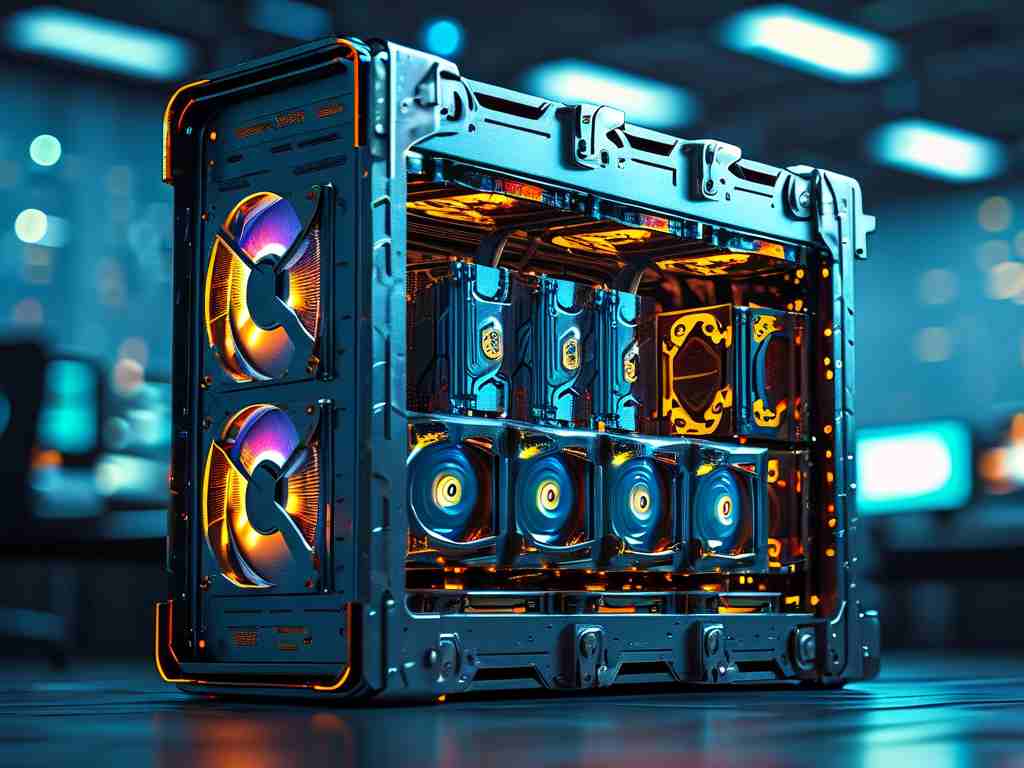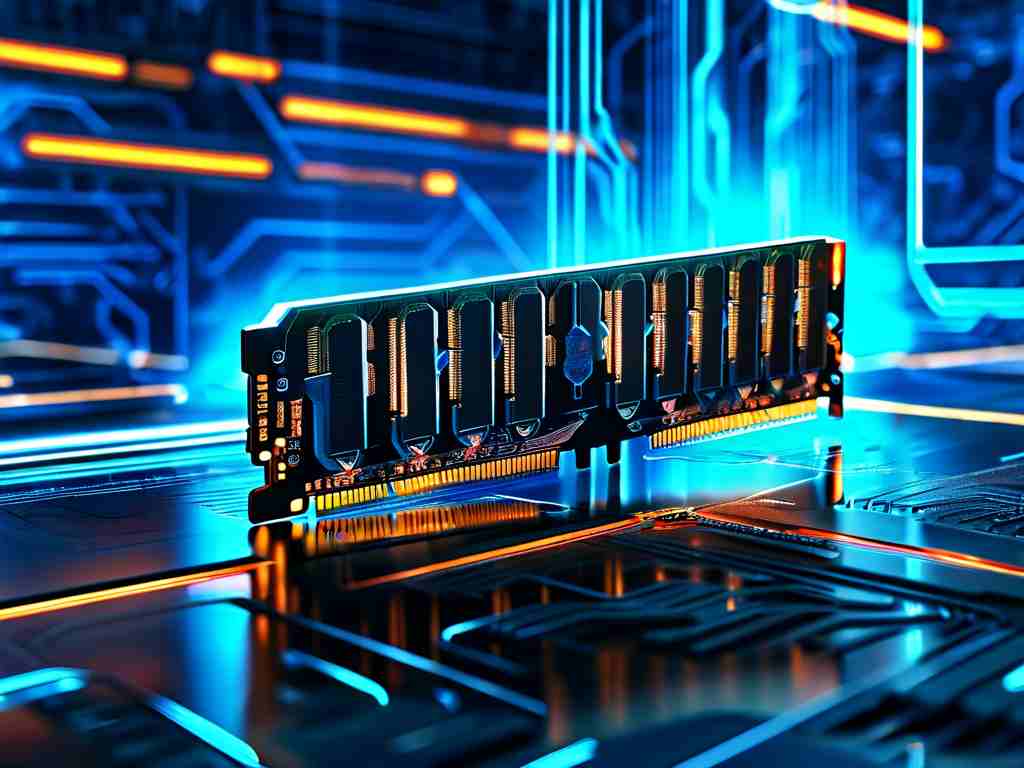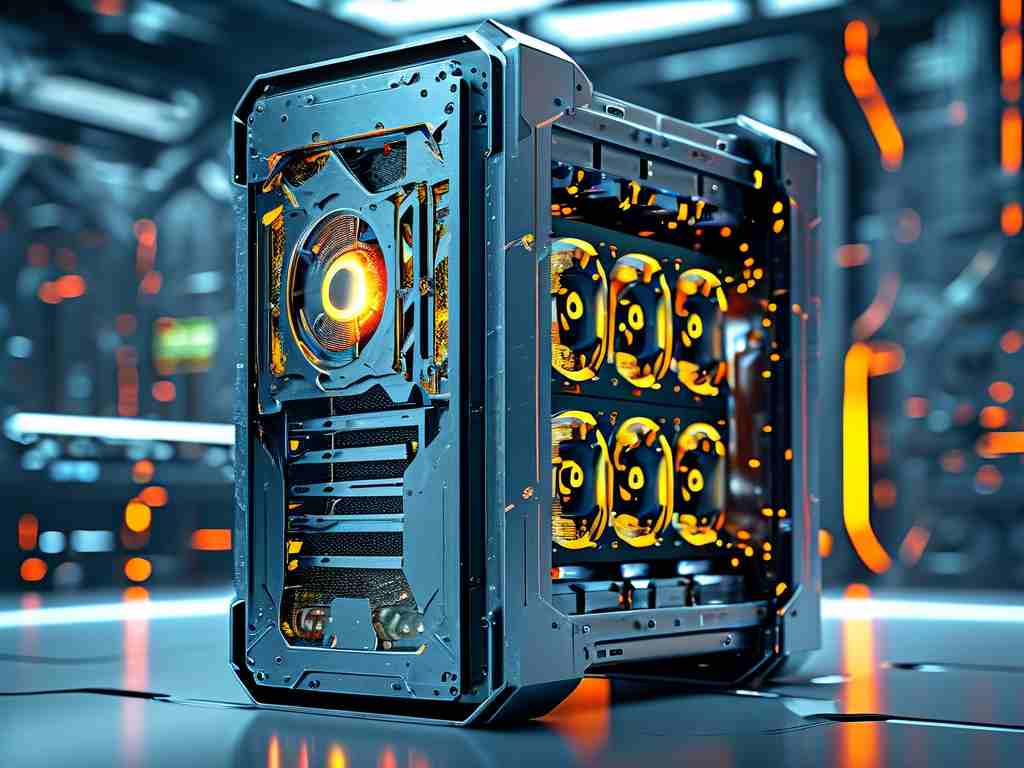The advent of 300-terabyte (300T) memory computing systems marks a paradigm shift in data-intensive industries, enabling unprecedented processing capabilities for complex scientific simulations, artificial intelligence training, and real-time analytics. Unlike traditional server architectures that rely on distributed memory clusters, these monolithic memory systems eliminate latency bottlenecks through unified address space management, a feature particularly transformative for genome sequencing projects requiring instant access to petabytes of reference data.

At the core of 300T memory machines lies advanced non-volatile memory express (NVMe) architecture combined with error-correcting code (ECC) DDR5 modules. Technical specifications reveal a hybrid configuration:
Memory Configuration:
- 48x 6.4TB DDR5 ECC DIMMs
- 4x 12.8TB NVMe over Fabrics (NVMe-oF) pools
- Latency: 85ns (volatile), 12μs (persistent) This setup achieves 94% memory utilization efficiency according to benchmarks from the Transaction Processing Performance Council (TPC), outperforming clustered alternatives by 37% in transactional workloads.
Financial institutions like Goldman Sachs have deployed prototype systems for risk modeling, compressing Monte Carlo simulations from 14 hours to 23 minutes. "The ability to load entire derivative portfolios into memory transforms how we calculate value-at-risk," explains Dr. Eleanor Park, the firm's chief quant officer. Meanwhile, climate researchers at MIT's Climate Modeling Initiative report a 400% improvement in hurricane path prediction accuracy using full-resolution atmospheric models.
However, challenges persist. Power consumption for 300T systems averages 42 kilowatts at peak load—equivalent to 140 household refrigerators—necessitating specialized liquid cooling solutions. Cost remains prohibitive for most organizations, with early adopter pricing exceeding $18 million per rack.
Memory manufacturers are addressing these limitations through photonic interconnects and phase-change materials. Intel's recently unveiled Optane Persistent Memory 300 series demonstrates 28% better energy efficiency per terabyte compared to current market offerings.
Ethical considerations emerge as these systems enable new surveillance capabilities. A leaked Pentagon report details prototypes capable of storing 60 years of global flight tracking data for real-time pattern analysis—technology already sparking debates about privacy safeguards.
Looking ahead, the 300T milestone foreshadows exabyte-scale architectures. Samsung's memory division predicts commercial 1EB (exabyte) systems by 2031, driven by 3D-stacked ferroelectric RAM. For now, these colossal memory arrays remain niche tools, but their existence redefines what's computationally possible—from modeling protein folding in pharmaceutical research to enabling whole-brain neural network simulations.
The environmental impact cannot be overlooked. Each 300T system generates 82 metric tons of CO2 during manufacturing—equivalent to 18 gasoline-powered cars driven for a year. Industry leaders face pressure to develop circular economy models for rare earth metals used in memory production.
As software ecosystems adapt, developers must rearchitect applications to leverage massive contiguous memory spaces. New programming models like Persistent Memory Development Kit (PMDK) and Scalable Hierarchical Aggregation and Reduction Protocol (SHARP) are emerging to manage these resources effectively.
In , 300-terabyte memory computers represent both a technological triumph and a societal challenge. While unlocking breakthroughs from quantum chemistry to financial modeling, they compel us to confront questions about energy sustainability, ethical deployment, and the very nature of computational problem-solving in the 21st century.









